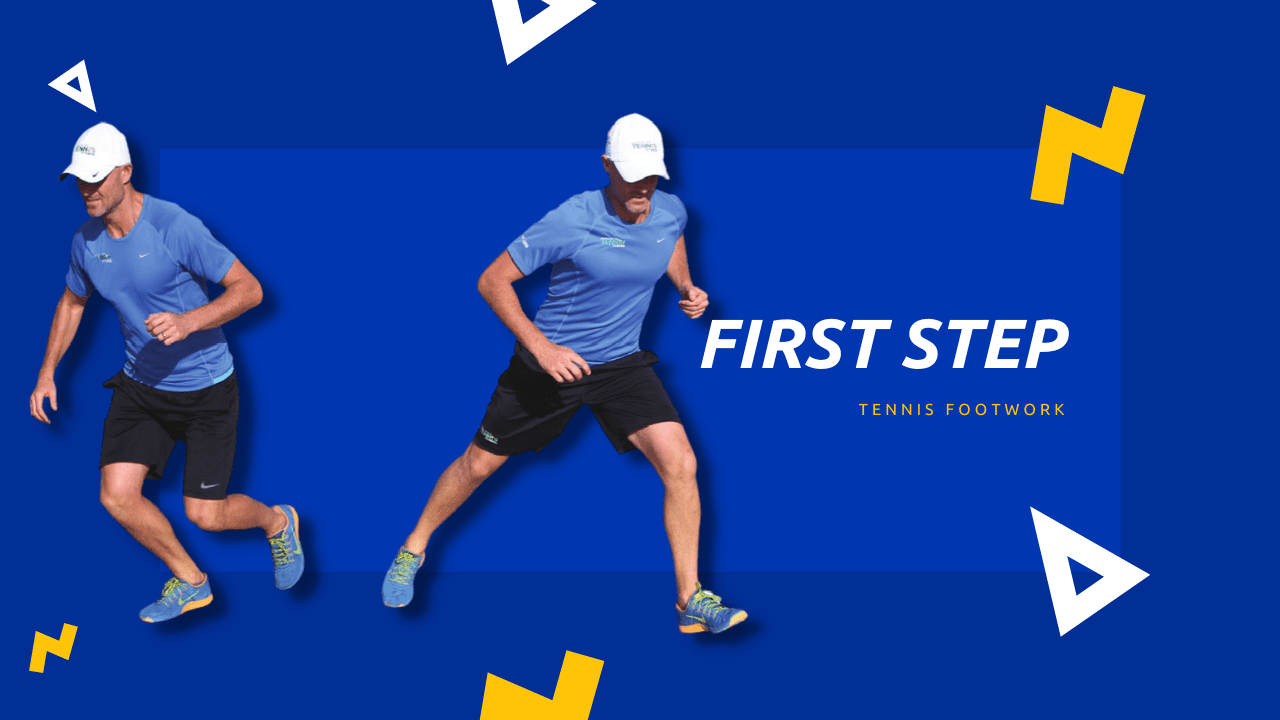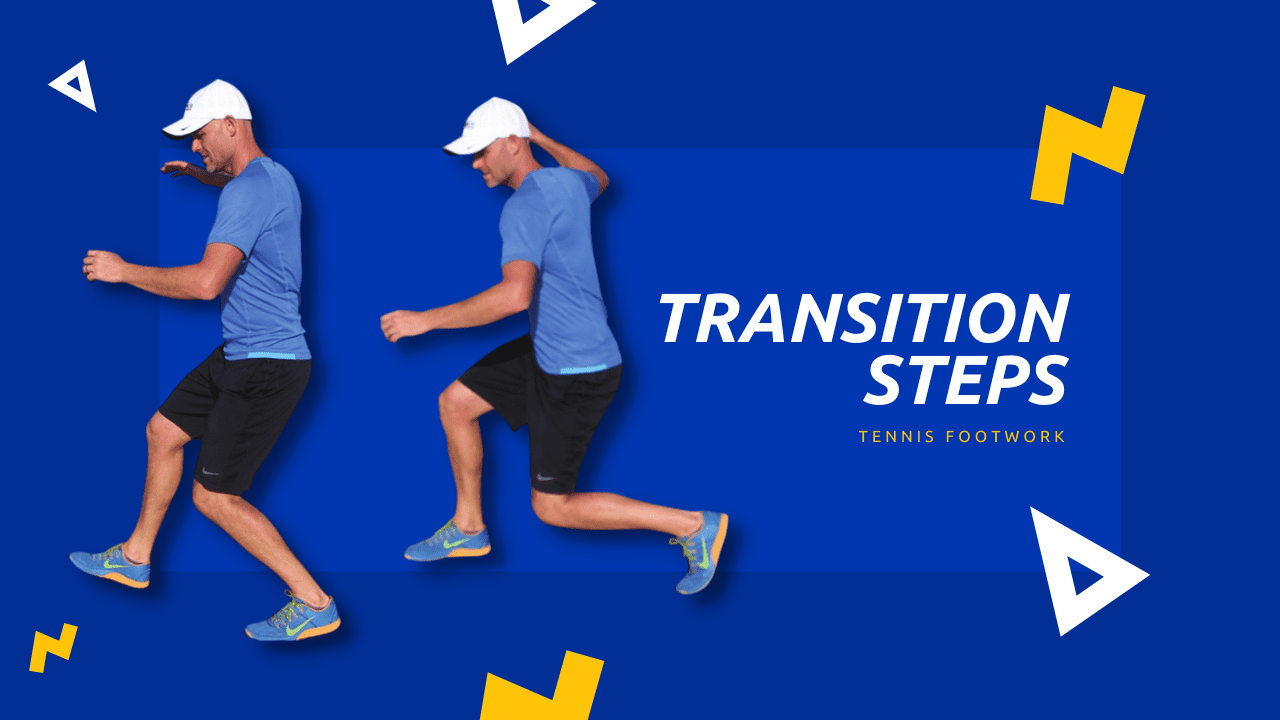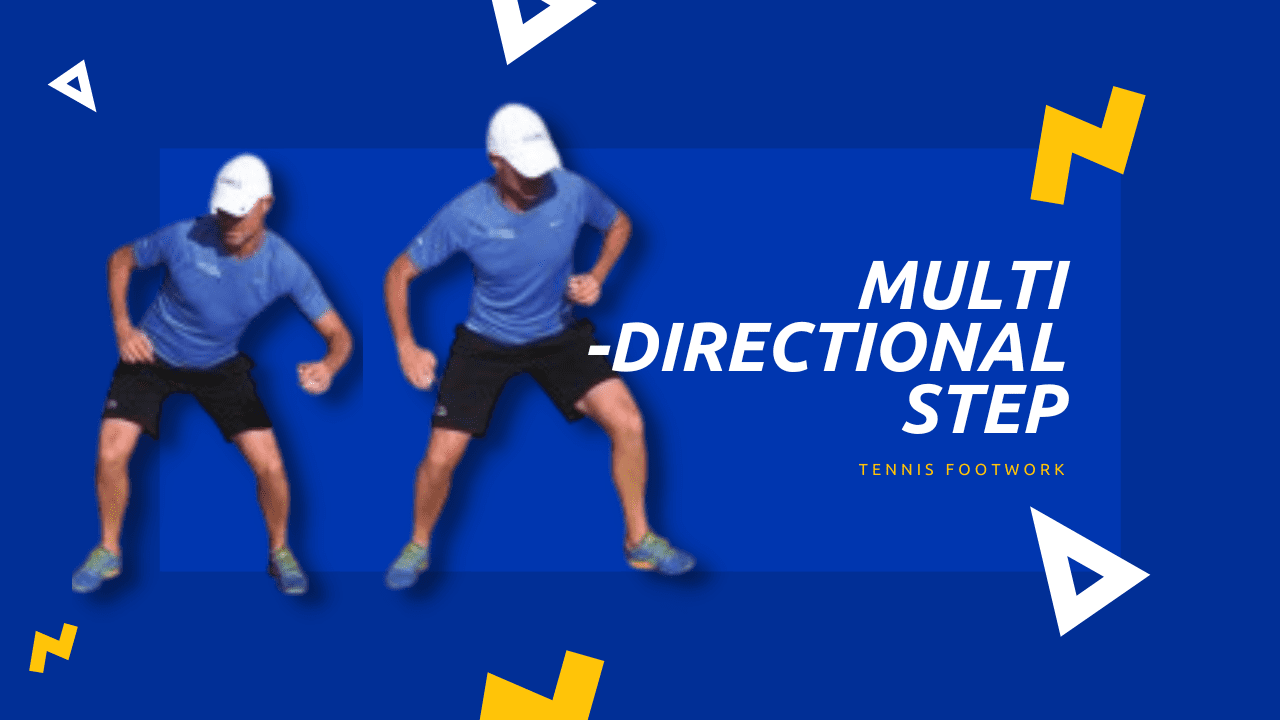Tennis Footwork - How to Improve
Jun 13, 2022
Most players waste their time training for tennis. Without understanding some of the basic fundamentals of tennis movement you are costing yourself and possibly losing matches you should be winning.
Quality tennis footwork could be the most critical element for a solid game. You have to get it right! Let's look at how you should structure all your tennis footwork drills. Have you ever noticed Roger Federer's tennis footwork? It can be hard to understand how smooth and graceful he moves when you watch on TV, but it was only until I saw him train and play in person, I truly appreciated why he is regarded as the greatest mover to have played the game. Logically when you get to the ball earlier and get in a better position to hit the ball, your chances of success are much higher. It doesn't just happen, you need to develop the right tennis footwork and then work on improving the speed and coordination of the tennis footwork.
While we can’t promise you’ll reach the same standard as Federer, there are proven ways to improve your tennis footwork on the court. We want to give you the opportunity to be able to improve your on-court movement as much as possible. So what I am about to share with you, I want you to read over and then give a go for at least 4 weeks, twice weekly. This is enough time to allow your body to adapt and improve.
We’d like to share the ‘Tennis Fitness, Martin Method” movement patterns that we use daily with the players who work with us. And don't worry it will work for you also, no matter what level you play at. The thing is all tennis players have something in common, they all want to move better on the court. Let's show you how this can be done. We have broken down on-court tennis footwork into six types of footwork tennis drills.
Tennis Footwork Drills
1. PREP STEP
2. SPLIT STEP
3. FIRST STEP
4. CROSSOVER STEP
5. TRANSITION STEPS
6. MULTI-DIRECTIONAL STEP
Once you understand these footwork tennis drills, you can then plan your tennis training around the footwork tennis drills steps that you feel need more work.
For the majority of tennis players, the first step is the most critical and it is the one step that most players feel they need to improve. Young players should be working on all the steps so they develop into well-rounded on-court movers. As we age small rapid prep steps become harder to manage, so focusing on small, rapid, coordinated steps is important so you don't have to feel like you are out of position and just slapping at the ball.
In all reality, every player needs to be working on their tennis footwork and lower body coordination, no matter their age or level of play.
Here is some information on each of the six footwork drills for tennis.
1. PREP STEP

Prep Steps are small controlled steps that are used when preparing to set up for a shot.
Instead of taking large forceful steps, it is better to take small controlled rapid steps, which allows for better body position and the ability to change direction at the last moment if needed. Prep steps allow you to hold a better postural position leading into and through your shot due to the fact you are more balanced.
Prep steps are generally used when moving forward or backward to the ball or when a player has time on their groundstrokes.
Prep steps are performed by holding a wide leg base, staying predominately on your forefoot, with knees slightly bent, and maintaining good athletic posture. Holding this position, you should take controlled dynamic small steps when getting in position to hit the ball.
2. SPLIT STEP

The split step is a fundamental step for all players. It is important to get it functioning right and use it as often as possible.
The split step is generally used when starting a dynamic movement such as returning a serve or preparing to move to hit a groundstroke. The split step is performed by pushing up off the toes, jumping a few inches in the air, and then dynamically moving towards the direction of the ball. The benefit of the split-step is that it allows you to generate force through the ground and push off more dynamically.
To perform the split-step effectively you need to get used to watching your opponent and work on your timing of the split step, jumping up, landing, and then pushing through the ground. This can sound easy but getting the timing right for some players can be challenging. You may actually feel like you have your split step under control but upon closer examination, it may need some fine-tuning by working on the timing of it. Getting it right can be the difference between getting to a serve easier or reaching more balls. Get a coach or someone to film you returning serves or playing some points and see how your timing is going.
3. FIRST STEP

The tennis first step is one of the most important factors in dynamic court movement. The nature of tennis means that players rarely run more than five meters in one direction during most points, so that quick first step is critical.
The first step is the one taken directly after the split step or the first step taken in any direction. We generally consider the first 2-3 steps part of the first step (acceleration).
As a general rule, we consider the first 2 to 4 steps on the court the most critical, they determine the type of court mover you are. Steps 1 and 2 establish the speed of movement you will be able to generate. So getting it right is vital for you as a player.
What we find important is that you lean toward the direction you need to go and step first with the leg closest to the direction you are heading (except in a cross-over step). The first step is as much about attitude and mentality, as it is about its physicality. Having an aggressive and assertive approach to your first step will help promote good dynamic court movement. It is always important to strike the ground with a strong forceful step, the first point of contact should come from your forefoot (ball of foot and toes). You need to be leaning toward the direction you want to move and then aim to load each step as much as possible (apply as much force into the ground as you can). This is really important to understand with the first step tennis footwork pattern. You do not want to be taking light steps, you want to aim for 2-4 strong powerful steps. If you do not get used to doing this your first step in tennis footwork will never be as good as it could be.
To get your FREE Introductory Tennis Footwork Drill Program that includes the above 6 steps.
Click on the Image Above.
4. CROSSOVER STEP

Many players use the crossover step when changing direction and moving laterally.
It is an efficient way to set up the initial lateral movement. By taking the outside leg and crossing it over the inside leg, players can then go into a lateral shuffle. Players that have a dynamic cross-over step, will be able to get into position a lot easier which will continually put pressure on their opponent.
Most players have slight variations on how they like to perform the cross-over step. Generally, if you have good hip mobility you can stand more open (facing your opponent) when performing the split step. If you are tight through your hips you will tend to want to close your stance more (be more on the side) through the cross over step. Either way, it is an effective footwork drill for tennis patterns to practice. I encourage you to test and see what works best for the cross-over step. Do this by slightly changing your hip position through the cross-over step. You will find the position that feels more comfortable for you, this will generally be the position that you will move the most efficiently in.
5. TRANSITION STEPS

Transition steps are the steps taken when changing direction on the court.
It is important to note that a critical component of the transition step is the braking or slowing down of the body. Most players focus their energy on acceleration (first step) but in fact, we are limiting our multi-directional movement capacity by just focusing on acceleration. Every time we accelerate we need to then brake to slow down, considering that when we are slowing down we are generally getting prepared to hit a shot it shows you the importance of getting it right. Bad positioning generally equals a bad shot! That is why it is important to work on the transition tennis footwork pattern with a focus on the braking component of it (small controlled, balanced steps, whilst holding good posture)
Transition steps are performed through multi-directional movements.
An example of a transition step is, once a movement has finished, such as a wide forehand being hit, the transition step involves the steps taken to slow your body down (braking), and then changing direction. The direction change can be in a multi-directional plane (diagonal, lateral, forward, or backward). We typically refer to the transition step (load and lean) when pushing off in a diagonal plane.
6. MULTI-DIRECTIONAL STEP

Multi-directional steps take place on nearly every point played in tennis.
They are a combination of steps 1-5, as well as the movement between each shot.
Good multi-directional movement allows players to maintain good posture while getting themselves in the best position more often.
Effective multi-directional steps lead to an increase in court agility and fluid movement.
The simplest example of the multidirectional steps is a point in a match that lasts for 2 shots or more, within the point you would have changed direction at least 2 times. You would have performed
The best drills to improve your multidirectional steps are reactive drills. An example of this is a live ball chase. The drill should be performed without a racket. The drill is performed by chasing a moving ball, catching it, and then throwing it back to someone who then continually moves you around the court. This is repeated for 6-8 throws. Taking the racket out of the equation allows you to focus purely on the movement and the change of direction. You can really think about your split step, the first step, cross-over step, and transition steps when you do this.
Now you have an understanding of all the six tennis footwork steps you use on the court.
It's now time to train those steps you feel are letting you down on the court.
Don't just train and hope for the best, train with a purpose.
It may sound all very simple, but even the best players in the world train this way.
We have a free tennis-specific footwork program, that trains these six footwork drills for tennis. Click the image below to get your free program.
Get your FREE Introductory Footwork Drills for Tennis Program that includes the above 6 steps.
Click on the Image Above.
Check out our Speed, Agility, and Reaction Programs Level 1 & 2

TENNIS AGILITY, SPEED, AND REACTION PROGRAM ONLY $9.99
If you want to get more out of yourself and improve your tennis fitness check out our online programs here – http://www.memberstennisfitness.com





